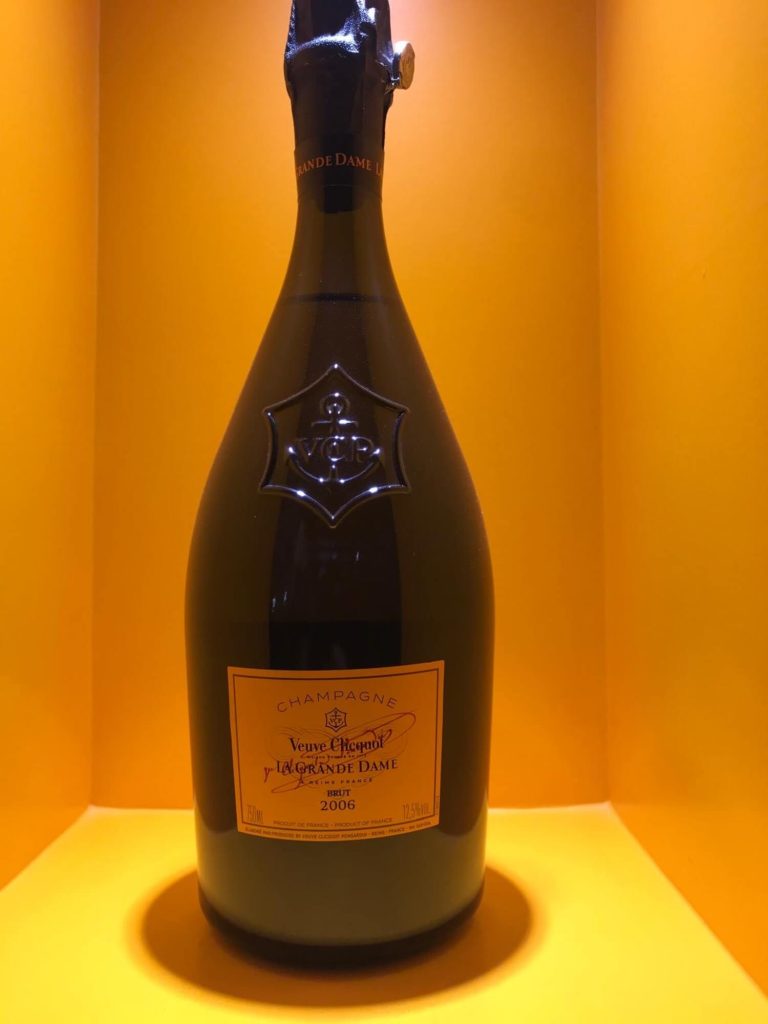The Story of Madame Clicquot: The widow who changed Champagne forever
When most people see a bottle of Veuve Clicquot, they think of celebrations, luxury, or that signature yellow label. But veuve means widow. And the woman behind that name didn’t just inherit a business. She transformed it and helped shape the entire Champagne industry.

Early Life
Barbe-Nicole Ponsardin was born in 1777 in Reims, France, into a wealthy family of textile merchants. At just 21 years old, she married François Clicquot, heir to a Champagne house founded by his father in 1772. The couple had one child, and Barbe-Nicole quickly became involved in the business.
Becoming “Veuve” Clicquot”
In 1805, François died suddenly. Barbe-Nicole was just 27. She was left with a young child and a struggling company. At the time, women couldn’t legally run businesses without a male partner. So she found a workaround. She brought in a partner on paper to satisfy the law and stayed in full control behind the scenes. That’s when she became Veuve Clicquot. Widow Clicquot.
She wasn’t just keeping the company alive. She had a bigger vision for what Champagne could become.
Innovations That Changed Everything
She invented riddling
Before her, Champagne was often cloudy, with sediment floating in the bottle. Barbe-Nicole created the riddling process. Bottles were turned and tilted until the sediment gathered in the neck and could be removed. It made Champagne clear and consistent. That process is still used today.
She introduced vintage Champagne
She was one of the first producers to make Champagne using grapes from a single standout harvest. Before that, Champagne was always blended from different years. Her idea raised the quality and added prestige to the brand.
How Madame Clicquot Took On Russia
In 1814, Napoleon fell and Europe was in chaos. Trade routes were unstable and most Champagne producers were waiting for peace. Madame Clicquot made a different move.
She secretly shipped thousands of bottles to Saint Petersburg. She knew that once the war ended, Russian aristocrats would want French Champagne. Her shipment arrived first. It worked. The Russian court loved it, and demand exploded. While her competitors were still trying to move stock, her Champagne was already on palace tables.
That one decision made Veuve Clicquot a global name.
Madame Clicquot’s Legacy
Under her leadership, the company became one of the most respected names in Champagne. People called her La Grande Dame de la Champagne, the Great Lady of Champagne. Madame Clicquot pushed through legal limits, rewrote industry standards, and built a brand recognized around the world.
She died in 1866. Her legacy continues in every bottle that carries her name.
Plan Your Visit
You can visit the Veuve Clicquot cellars in Reims and walk through the chalk tunnels where her wines were aged. Book a tasting, tour the caves, and raise a glass to the woman who changed Champagne forever. Book here.

Planning more time in France?
- Champagne, France — cellar tours, bubbly tastings, and weekend ideas
- Fall in Champagne — harvest season, crisp walks, and comfort food
- Exploring Alsace — wine villages, mountain monkeys, and all-season charm
- Spring in Provence — lavender fields, lakeside swims, and rosé on repeat
🎧 Listen to the Podcast Episode: Bubbly Roads – What we drank, where we stayed, and why we keep going back.



